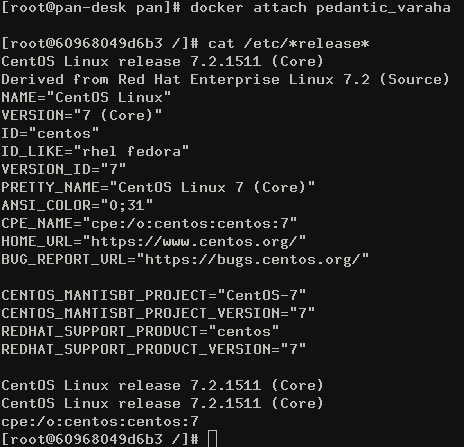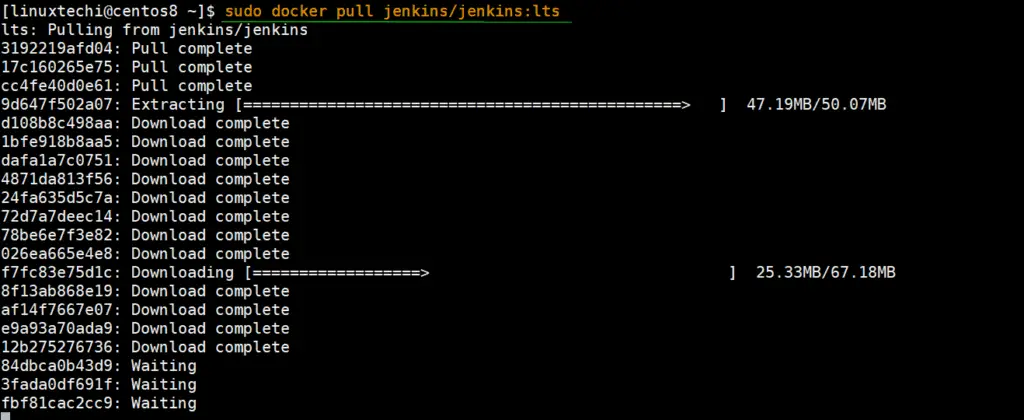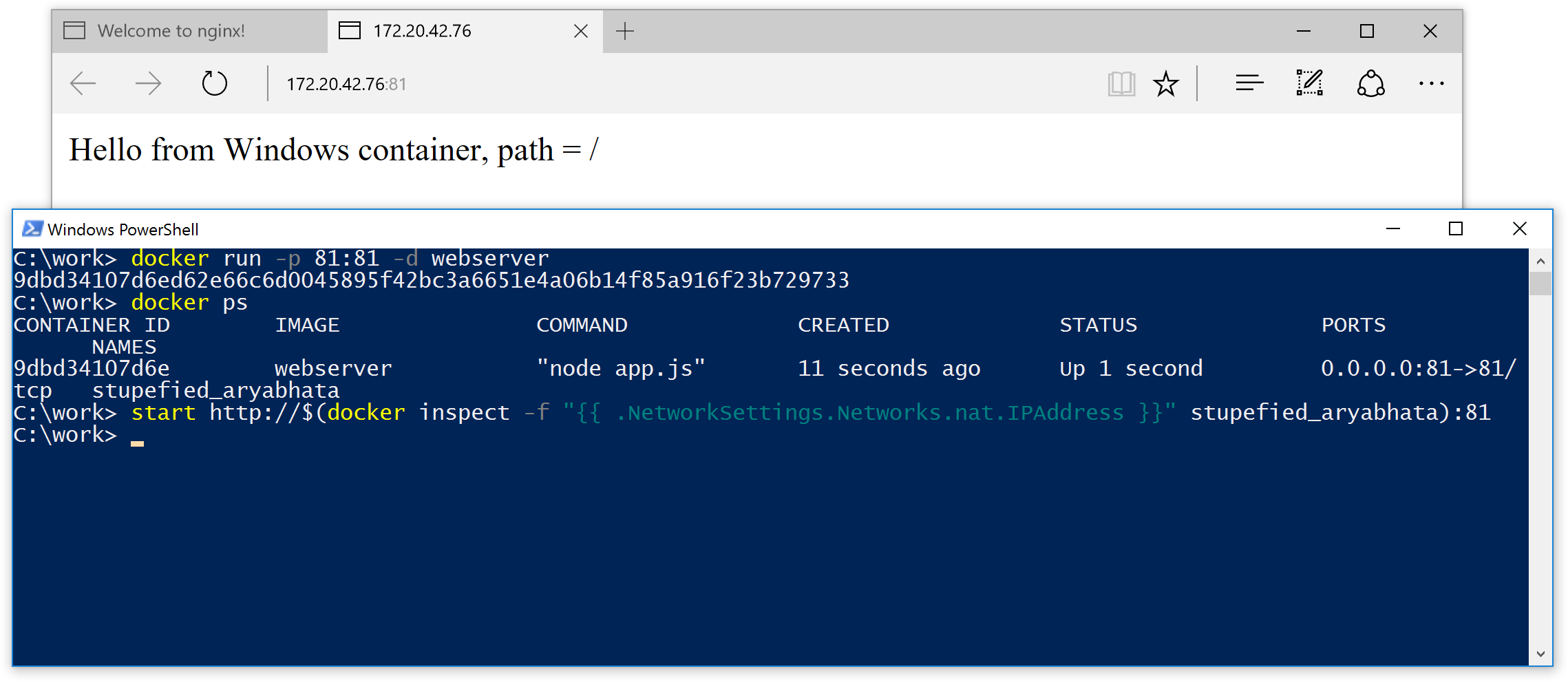

- #DOCKER RUN IMAGE WITH IMAGE ID HOW TO#
- #DOCKER RUN IMAGE WITH IMAGE ID SOFTWARE#
- #DOCKER RUN IMAGE WITH IMAGE ID PASSWORD#
#DOCKER RUN IMAGE WITH IMAGE ID HOW TO#
In this tutorial, we will show you how to use docker run image command in Linux. So, you can say this part is a minimal part of an operating system or operating system userspace minus operating system kernel. These files are nothing but a small part of an operating system that is required to run docker container as an isolated unit of any machine.
#DOCKER RUN IMAGE WITH IMAGE ID SOFTWARE#
Docker container is an actual place where the live application or the database or any other software application runs.Įvery docker image contains some necessary sets of files. In simple terms, the docker image is a blueprint of docker container or definition of a docker container. You can also create any number of containers from the same docker image.

You can also say containers are nothing but an instance of a docker image. So, when we run the docker image with the help of docker run command, it produces output as a docker container. Docker images are used to build containers. If you only need a container to execute the outlined task and have no use of it or its file system afterward, you can set it up to delete once it is done.Docker images are nothing but a set of read-only files when I say a set of read-only files it means once a docker images build it cannot be modified, but you can always create a new image with the help of existing docker image. Once a container executes its tasks, it stops, but the file system it consists of remains on the system. The entire docker container run command is: docker container run -v : Run a Docker Container and Remove it Once the Process is Complete If you want to have persistent data that is stored even after the container stops, you need to enable sharing storage volumes.įor mounting volumes use the -v attribute with the specified location of the directory where you want to save the data, followed by where that data will be located inside the container. As soon as the process is finished, the container stops and everything inside of it is removed. The host_ip element is optional and you don’t need to specify it when running the command.įor example, to map TCP port 80 in the container to port 8080 on the Docker host you would run: docker container run -p 8080:80 Run a Container and Mount Host Volumesĭocker containers do not save the data they produce. You have to add the -p option to the docker run command as well as the following information: -p :: To allow external connections to the container, you have to open (publish) specific ports. sudo docker run -d -P testsite Now, use the docker ps command to determine the port activated and then use curl to inspect the sample content.

When you run a container, the only way to access the process is from inside of it. Run a Container and Publish Container Ports The command for running a container under a specific name is: docker container run -name įor instance, we can run the sample container and give it the name container_instance using the command: docker container run -name container_instance e98b6ec72f51 Using the -name attribute allows you to assign a container name. Since there is a slim chance you will be able to remember or recognize the containers by these generic names, consider setting the container name to something more memorable. When you use the basic run command, Docker automatically generates a container name with a string of randomly selected numbers and letters. Although Docker still supports docker run, it recommends getting use to the new syntax. Accordingly, run is now a subcommand of docker container and to use it you must type docker container run. Note: With the release of Docker 1.13, Docker introduced a new CLI in which it regrouped commands according to the object they interact with.


 0 kommentar(er)
0 kommentar(er)
